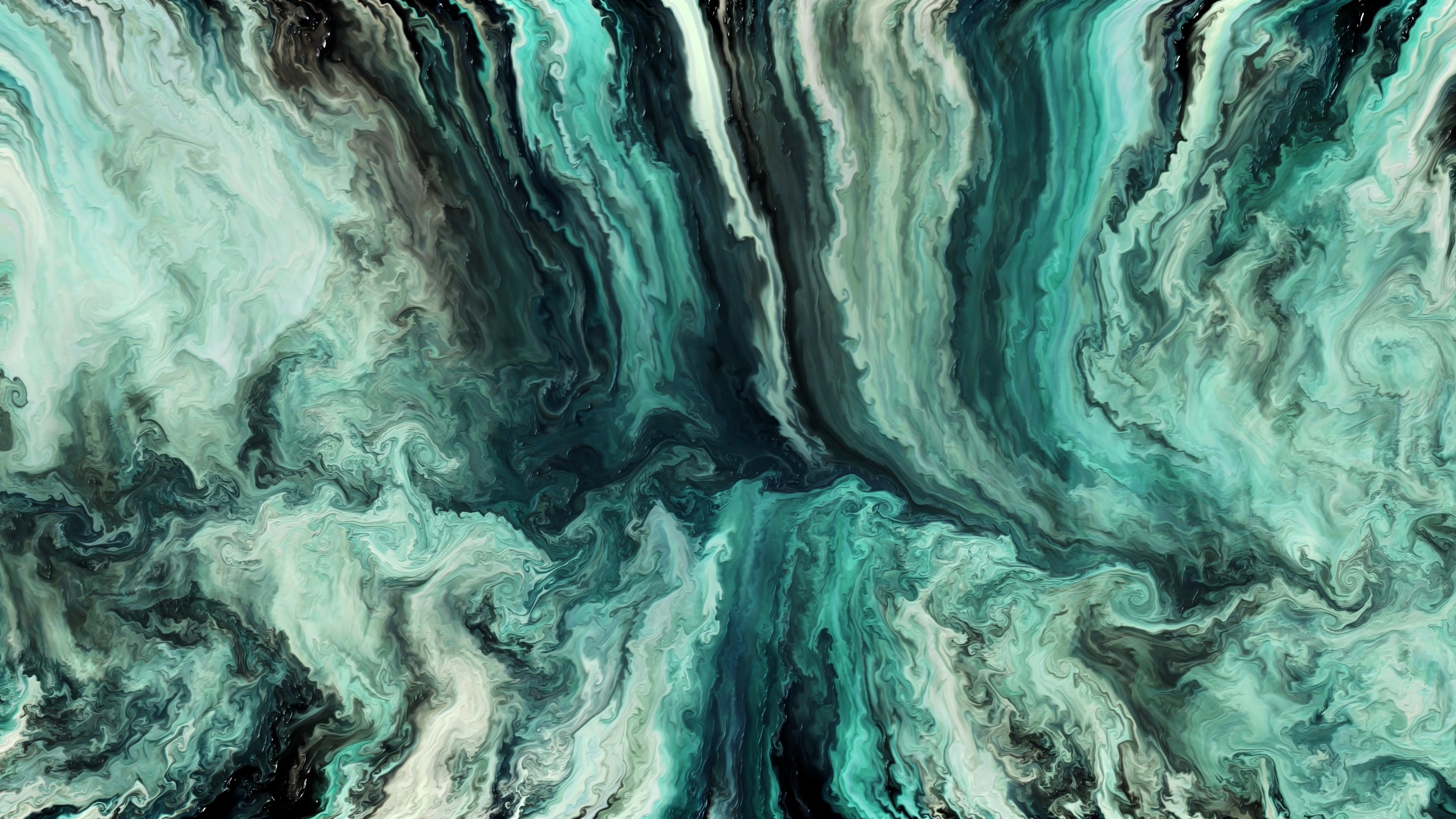Lake Heckaman is a Brooklyn-based new media artist exploring how technology alters human perception and interpersonal connection, often through spaces he transforms into interactive environments where viewers shift from passive observers to active participants. Inspired by the familiar yet abstract beauty of the natural world, his works incorporate cutting-edge computer graphics and machine learning technology to illustrate the reciprocal forces that humans, technology and the environment exert on each other. Lake's work has been exhibited internationally, including during Art Basel Miami and at galleries or on architectural facades in New York, China, Paris, and Singapore, among others. He has created permanent, public installations such as a weather-reactive facade at Hotel Diez in Medellin, Colombia and an interactive experience at the National Western Heritage Museum in Oklahoma City.
How would you describe your artistic practice?
I am a new media artist exploring how technology alters human perception and interpersonal connection. My work often transforms spaces into interactive environments where viewers shift from passive observers to active participants. I also create procedural canvases or generative paintings driven by time or data, rather than human interaction.
All of my work is real-time and powered by custom software I write myself. This means the visuals are recalculated 60 times per second, constantly updating based on real-world input — from human interactions to data streams and weather conditions.
By immersing viewers in abstract yet familiar patterns inspired by the natural world, I connect technology and nature through the lens of human experience. That relationship — between humanity, technology, and environment — is one of the most important dynamics of our time.

What interests you in using emerging technologies to engage with the natural world?
I grew up in a very rural area and while I live in Brooklyn now, I still crave that connection to the natural world and the awe it inspires. So part of my interest is fuelled by curiosity, and I hope to share some of that sense of wonder with viewers though my work.
Besides this romantic interest, historical symbiotic relationships between humans and nature fascinate me. For most of human history, people were of nature, whether by interest, necessity, or both. Modern society has traded much of that reverence for a mindset of control and exploitation, often implemented through technology that either extracts from nature or hides it entirely.
In response to this dynamic, I use emerging technologies in a very different way: to reconnect us to our environment, to redirect attention from dopamine loops to curiosity, and to remind myself and others that nature has always been — and still is — essential to a meaningful life.

How does art inspire us to think differently? How can this be applied to the conversations about AI taking place today?
Art, at its core, is a point of view. When someone engages with a work of art, theyʼre temporarily seeing the world through the artistʼs lens. That alone is powerful, and why great art resonates across cultural, temporal and geographic boundaries.
In my work, I use interactivity to highlight how each viewer brings their own perspective into the piece. No two people experience it the same way. Thatʼs one of the ways art helps us think differently: by revealing the diversity of perspective and encouraging us to question whether any single viewpoint is "correct."
This lens is especially useful when applied to current conversations about AI, which are often flattened into binary arguments — for or against, good or evil. But art reminds us that reality is far more nuanced. It invites us to slow down, reflect, and form a perspective that aligns with our values instead of picking a pre-made side.

What is the relationship between art and innovation for you?
There are many historical examples of artist and scientists working together and directly inspiring breakthroughs, which I think boils down to a shared curiosity and predisposition to seek out new things. The invention of the camera sparked experimentation with new perspectives, which lead to theImpressionist movement and their exploration of the optical effects of light, inspiring scientists and artists alike to experiment with light as a waveform.This was revolutionary at the time, and only one example.
Today, the connection between art and innovation remains strong. Rapid advances in computer graphics chips GPUs), cameras and sensors, and machine learning are all enabling artists to do previously unimaginable things, and new works are being created daily that seek to make some sense of the brave new world humanity is running headlong into.
What excites you most about interactive technologies in art?
Attention is one of the scarcest resources we have today. Interaction is, in essence, a way to focus attention — whether it's optimised for engagement metrics or just part of how we intuitively explore the world around us.
We interact constantly, often unconsciously: moving a finger to test the pressure of a surface, involuntary visual saccades that allow eyesight, or walking into a room to ‘test the vibe.ʼ By carefully designing artworks to tap into these deeply wired ‘subroutinesʼ, interactive artists are able to create incredibly nuanced, layered and emotional works that connect to the viewer more deeply than traditional forms of visual art like painting.
Iʼve written more about this here: What Is New About New Media Art.